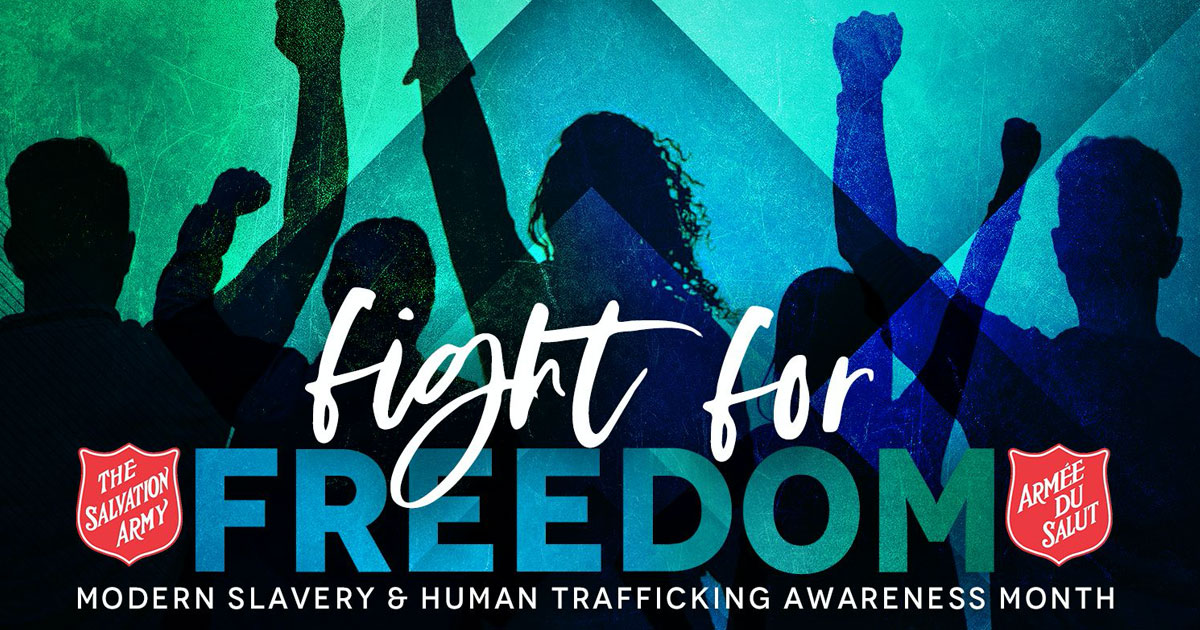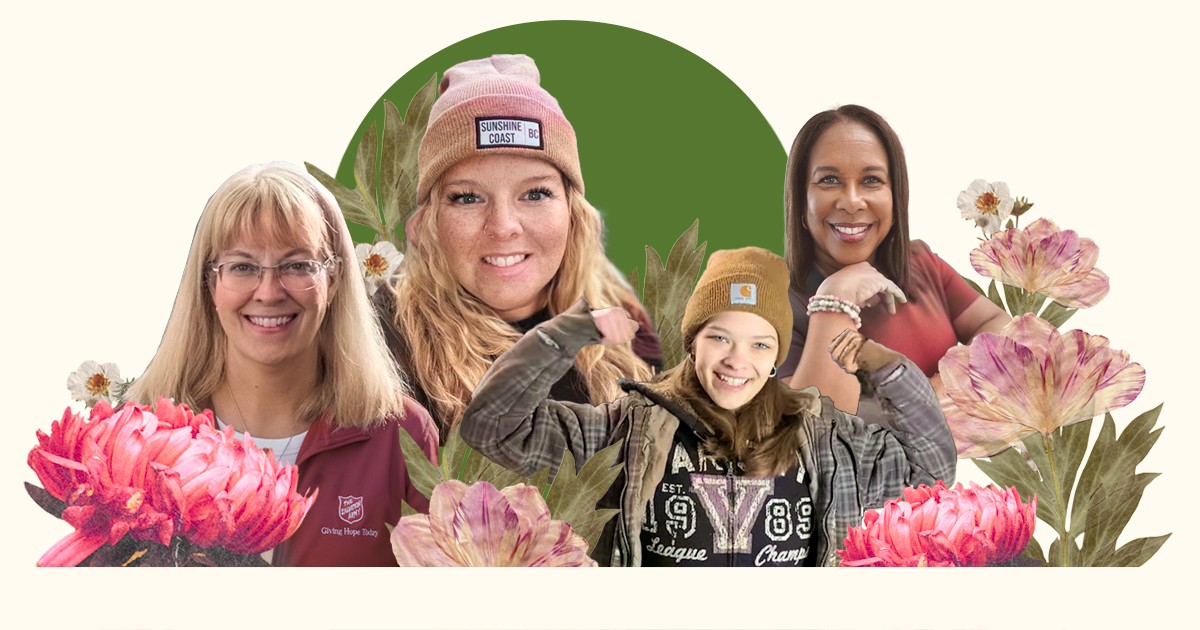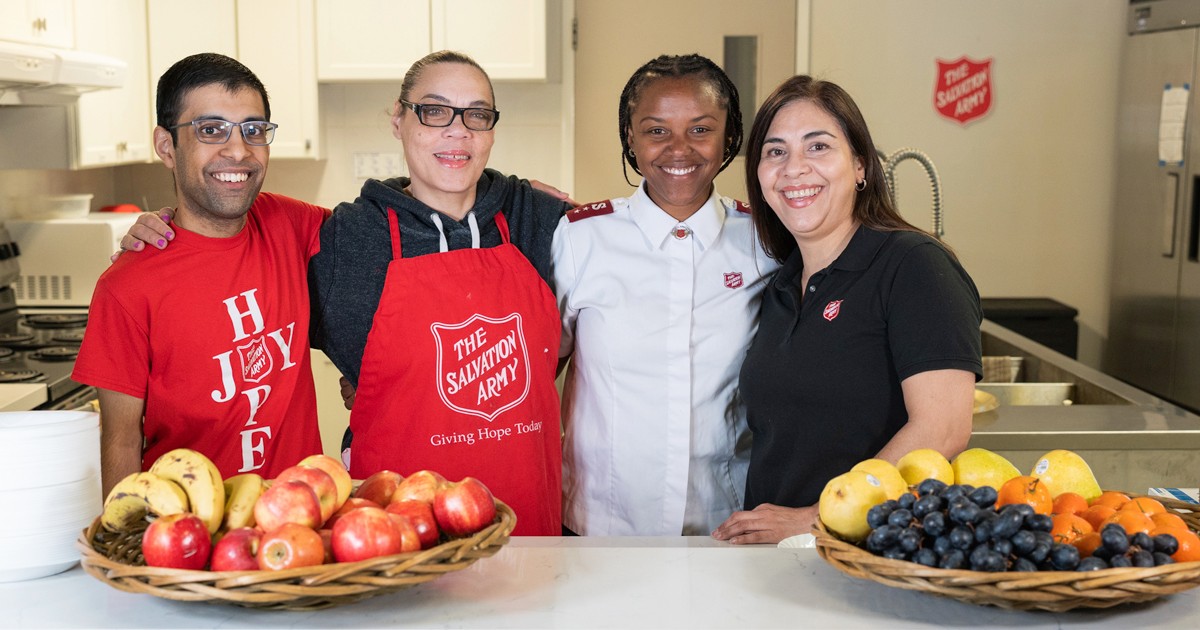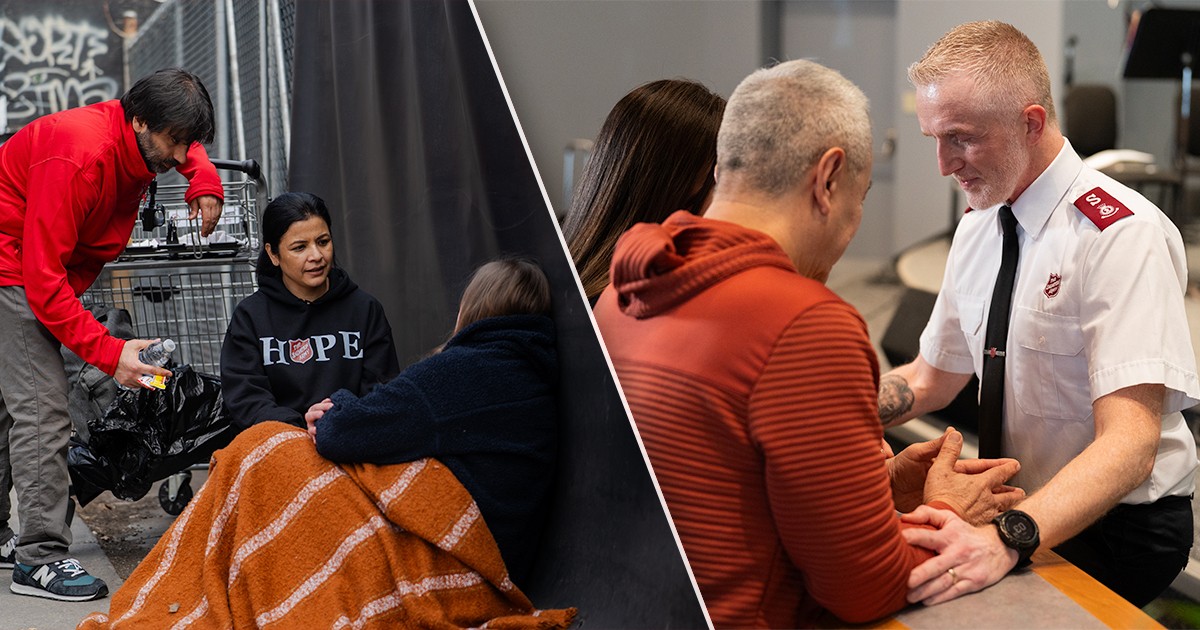As a young divisional youth secretary, I wanted to help bring awareness about modern slavery and human trafficking to the youth in my division. Despite being extremely interested in this social injustice, I didn’t know much about it except that I wanted to be part of the solution. I thought I had found the perfect way to accomplish this goal after I had watched the movie Taken, starring Liam Neeson as a gun-toting retired CIA agent who shoots his way across Europe after his daughter is kidnapped for the purpose of being sex trafficked. My plan was to show this movie at the next divisional youth conference, thus educating and bringing awareness in one sweeping motion to all the attendees. At that time, I thought it was a brilliant plan.
After years of growing, being formally educated, and engaging on the front line of modern slavery and human trafficking work, I have come to realize that this movie was a poor representation of this topic. Steeped in sensationalism and making sweeping generalizations about human trafficking, some movies like this do more harm than good in helping everyday people like you and me understand what it is.
No matter where we live, it’s happening all around us. We must not only be aware of this egregious social injustice, but also be able to spot the signs, risks and methods associated with modern slavery and human trafficking (both sex and labour). Although the presence or absence of any of these neither proves nor disproves that human trafficking is taking place, the presence of multiple indicators should be cause for notice.
Spot the Signs
A potential victim of modern slavery and human trafficking may:
• Not be able to leave or quit their work or change their circumstance if and when they want to.
• Be forced to work in degrading and unfair conditions.
• Be receiving little to no pay and have limited or no access to or control of their earnings, placing them in a situation of dependence.
• Be living and working in the same location.
• Have had their personal identification documents taken and held by another.
• Show signs of physical violence.
• Fear for their safety and/or the safety of loved ones if they try to leave and/or if they do not engage in what the traffickers are forcing them to do.
• Be paying back a “debt” for being provided with work.
Spot the Risks
Risk factors that increase an individual’s vulnerability to modern slavery and human trafficking can be seen in these six areas:
• Poverty—Traffickers specifically target poor and marginalized communities to offer deceptive and/or exploitive opportunities to individuals who feel desperate to provide for themselves and their families to improve their circumstances.
• Limited Access to Education—Individuals with limited education or who are illiterate will likely have fewer income-generating opportunities, whether in the formal or the informal economic sectors. This increases their vulnerability.
• Forced Migration and Displacement—People fleeing their homes in search of more stable or secure communities may instead end up homeless or in temporary settlements, unemployed, possibly unwanted by their host community, and without their familiar family and social networks. This makes them extremely vulnerable.
• Environmental, Relational, Situational Instability—Whether it’s a natural disaster, a hostile relationship or living space, or lack of affordable housing, people will make desperate decisions to fulfil their dream of a better life while putting their lives at risk.
• Gender Identity and Sexual Orientation—LGBTQ2+ adults and youth are susceptible to being bullied by their peers, ostracized by their community, denied access to service provisions, and victimized by acts of violence and hate. Traffickers will use this discrimination and stigmatization to their advantage.
• Vulnerable Minorities—This is a concern particularly for Indigenous and refugee populations. People who experience racism face systemic barriers, such as limited access to education, employment, housing and credit, making them extremely vulnerable to traffickers.
Spot the Methods
Refers to different methods of recruitment relentlessly and ruthlessly employed by traffickers:
• Pretending to Be a Boyfriend or Friend—Potential pimps will draw a person into their lives with promises of love and affection by offering them the illusion of a more glamourous lifestyle.
• Deceptive Job Advertisements—Some job postings use deceptive or manipulative promises to offer financial security, either locally or abroad, to people looking to better their situation in life. This usually results in a debt owed by the victim to the trafficker, which is attached to an impossible interest rate.
• Deceptive Educational and Travel Opportunities—Traffickers might use the promise of opportunities to obtain an education, which capitalizes on a family’s desire to improve their situation out of poverty, or to go on an adventure to see the world, to lure victims in.
• Sale by a Family Member or Trusted Individual—Family members may sell another family member to receive short-term and immediate financial aid. This may also relieve financial pressure on a family as it is one less mouth to feed, body to clothe and provide medicine for. Sale of a service can be for the purposes of sexual or labour exploitation, such as to be sold to have sex with a family member’s friends, or to clean houses.
• Recruitment by Current Victims of Trafficking—In order to alleviate pressure on themselves or receive status and favour from a trafficker, a victim will recruit other potential victims by returning to their community and visiting locations where youth spend a lot of time, such as playgrounds, shopping malls and high schools.
• Online Recruitment—Traffickers will recruit, groom and control potential victims on various online sites, such as Facebook, Instagram, Snapchat, Craigslist and online dating sites and chatrooms, by identifying vulnerable individuals through their social media presence and building a relationship with them.
The Takeaway
While this is not an exclusive list of signs, risks and methods, it’s a great place to start. How can we learn even more about modern slavery and human trafficking to actively engage in this fight for freedom?
January is Modern Slavery and Human Trafficking Awareness Month. The Salvation Army will be launching a campaign called “Stand Up, Step Up, Speak Up.” Each week from January 11 to January 31, the Canada and Bermuda Territory will highlight one aspect of this campaign.
Week one is “Stand Up,” where we will raise awareness about modern slavery and human trafficking by encouraging people to get to know the facts through statistics, our Spot the Signs series, our top 10 modern slavery and human trafficking books for adults and children, video/documentaries, and the release of The Salvation Army’s Anti-Human Trafficking Devotional.
Week two is “Step Up,” where we will share resources and ways to help people in corps and social mission units get involved in this fight in practical and realistic ways.
Week three is “Speak Up,” which will encourage us to involve others in the fight for freedom by engaging in the End It Movement on social media and through our SA justice—modern slavery and human trafficking webpage.
Starting January 11, check out our webpage at salvationist.ca/trafficking to get involved in this campaign.
Commencing in spring 2021, we will offer a free online modern slavery and human trafficking response certificate that is available to everyone. Comprised of four modules and webinars, participants will receive an overview of modern slavery and human trafficking, explore the different forms it takes in our territory, learn about using a trauma-informed approach and introduce our territorial fight for freedom strategy. Registration will begin in March on our website.
We want to be an Army that knows about the signs, risks and methods associated with modern slavery and human trafficking—and if we see something then we say something. If you suspect someone is a victim of human trafficking, call the Canadian National Human Trafficking Hotline at 1-833-900-1010.
May God continue to stir our hearts, minds and souls for this type of ministry within our territory. May he continue to raise up an Army of godly women, men, girls and boys who, like Isaiah, will respond to God’s call of “Whom shall I send? Who will go for us?” by passionately and resolutely vowing, “I’ll go. Send me!” (see Isaiah 6:8).
Major Ray Lamont is the modern slavery and human trafficking response co-ordinator in the Canada and Bermuda Territory.










Leave a Comment